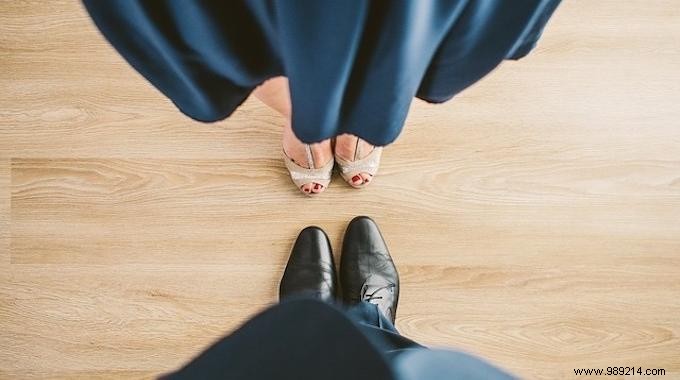
Do you like to dance? You are quite right !
Why ? Because you do yourself a lot of good by dancing!
And not just on the legs!
Indeed, dancing is much more than just a fun activity to share with friends or your partner.
It also has the amazing ability to improve brain function.
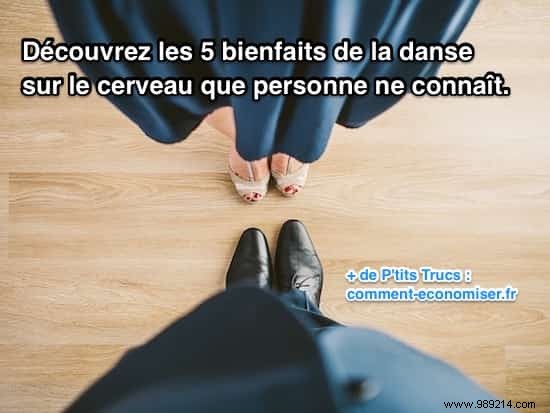
You don't believe me?
So here are the 5 amazing things that happen to your brain when you dance regularly:
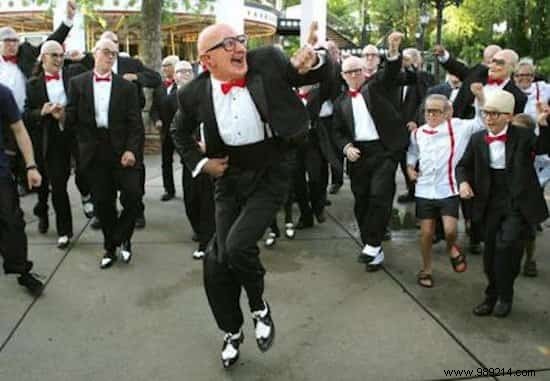
A study conducted by the Albert Einstein College of Medicine in New York was carried out for 21 years.
She was interested in people aged 75 and over.
The researchers measured the mental acuity of the subjects, during this period of aging, by monitoring rates of dementia.
The objective of the study was to determine whether physical or cognitive recreational activities had an effect on mental acuity.
The study found that some cognitive activities affect mental acuity, but no physical activity had any effect on it.
The only exception was dance practice . Here are the results of the study by activity:
- Reading:35% less risk of dementia
- Cycling and swimming:0% less risk of dementia
- Doing crossword puzzles at least four days a week:47% less risk of dementia
- Playing golf:0% risk reduction in less dementia
- Dancing frequently:76% less risk of dementia
People who dance regularly have greater cognitive abilities.
They also have increased complexity of neuronal synapses, explains neurologist Dr. Robert Katzman.
Dancing therefore reduces the risk of dementia by improving neural capacity.
It thus helps the brain to continually reconnect its neural pathways. As a result, dancing improves the neuroplasticity of the brain.
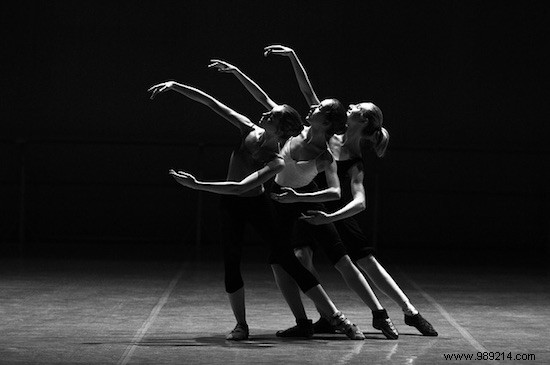
What is meant by intelligence?
If our response to a given situation is automatic, then it is said to be a proof of intelligence.
The stimulus-response relationship is for example automatic.
When the brain evaluates various possibilities of reasonable responses and deliberately chooses an answer, this process is considered intelligence.
Jean Piaget said that intelligence is what you use when you have a problem and you don't know how to solve it.
Simply put, the essence of intelligence is knowing how to make decisions.
To improve your mental acuity, it is best to engage in an activity that requires quick, split-second decision-making.
Dancing is an example of an activity that requires quick decision-making.
It requires instant answers to questions such as "Which step to take" or "When to turn"? " "How fast should I move?" Or "how should I react to my partner's movements?"
Dancing is therefore a great way to maintain and improve your intelligence.
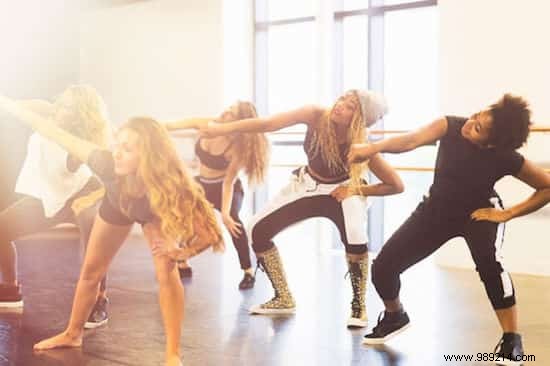
A study has analyzed the benefits of dancing on the brain.
According to this study, dancers are able to perform complex movements more easily when they experience the process of "marking".
What is the “tagging” process? It is simply the fact of making movements slowly by recording them during the repetitions.
Researcher Edward Warburton, a former professional ballet dancer, and his colleagues examined what we think about when we dance.
They published their findings in the journal Psychological Science. They found that marking decreases the conflict between the cognitive and physical aspects of dance.
This therefore gives the dancers a chance to memorize and repeat the movements with greater fluidity, almost mechanically.
It has been concluded that visualizing movements and marking can help improve muscle memory.
This type of visualization and marking, learned through dance, can also be used in many areas of everyday life. It thus improves performance.
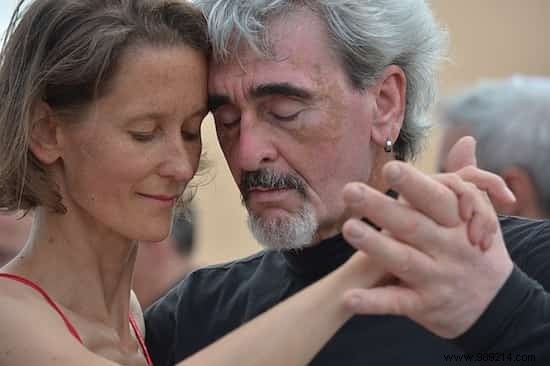
Dr. Katzman believes that the more complex our neural synapses, the better.
He also thinks that we should do everything we can to create new synapses on a daily basis. And of course, dancing is a great way to do that!
As you age, brain cells die and synapses become weaker.
For example, people's names are harder to remember.
Normal, because there is only one neural path that leads us to this information stored in the brain.
But if you learn new things, like how to dance, you'll work on building new mental pathways.
So if a mental path is lost due to old age, you will have a newly created one.
It will take over and allow you to access the information and memories in your memory.
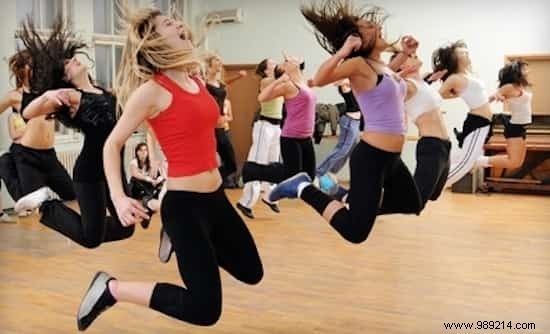
Have you ever wondered why ballet dancers never get dizzy when they do lots of pirouettes?
Research suggests that through years of training, dancers develop the ability to suppress signals from the balance organs in the inner ear.
Dr. Barry Seemungal explains this phenomenon by the fact that it is not "useful" for dancers to feel dizzy or lack of balance. It's even the opposite.
As a result, over the years, the dancers' brain adapts and suppresses this feeling that is of no use to them.
Therefore, the signal in the brain responsible for dizziness is reduced to a minimum.
This allows dancers to be resistant to the feeling of vertigo.
If you suffer from vertigo, it is therefore useful to practice any form of dance regularly to alleviate this concern.
Dancing helps improve this function in your cerebellum.
In turn, it will help you improve your balance and make you less prone to vertigo.
Don't worry, you don't need to be a good dancer to enjoy the benefits of this sport.
The simple act of dancing, whatever your level, will benefit you!
As you will have understood, dancing is an excellent way to maintain and improve the many functions of our brain.
In fact, dancing increases our neural connectivity.
Why ? Because it stimulates several functions of the brain at the same time:rational, musical, kinesthetic and emotional functions.
This improvement in neural connectivity is very important for our brain especially when it gets older.
Now you know what you have to do! Dance more often and more regularly :-)